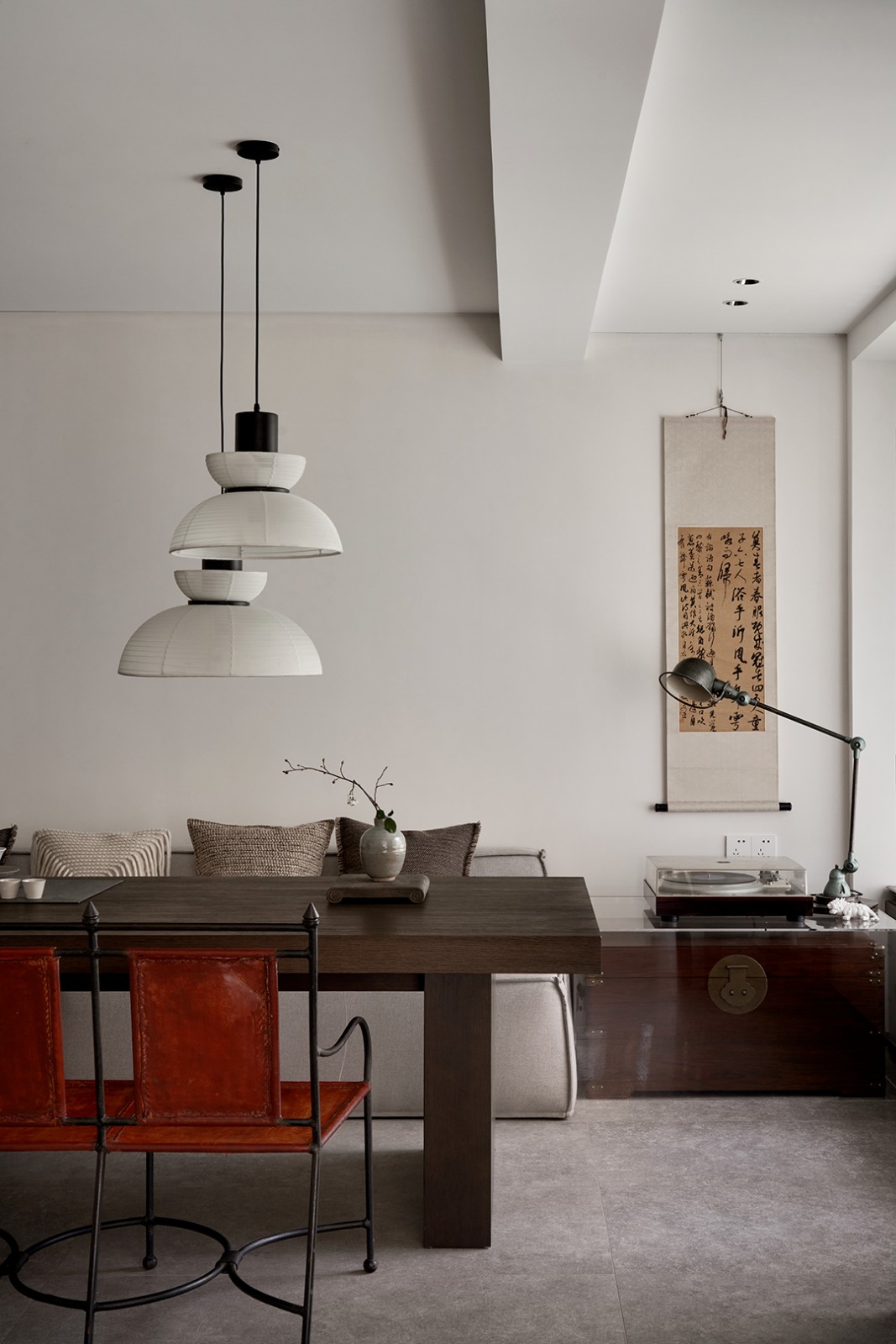Torno Co. Lab Rama Estudio
2014-12-26 00:00
Cortesía de Rama Estudio
Cortesía de Rama Estudio


架构师提供的文本描述。托诺是一个创意实验室,工作室和自由职业者的家园,产生协同作用,将丰富其成员的个人和集体工作的成果。它以合作方式促进文化、学术和城市互动,以实现社会利益。
Text description provided by the architects. Torno is a laboratory of ideas, home to studios and freelancers generating synergies that will enrich the results of the individual and collective work of its members. It promotes cultural, academic and urban interaction, in a collaborative approach for social benefit.
Cortesía de Rama Estudio
Cortesía de Rama Estudio


自成立以来,其目标是重新整合已废弃的城市空间,使其成为思想的引擎,同时考虑到某些决定因素,如中心性、连通性和空间性。
Since its inception, the objective was to reintegrate disused spaces of the city to turn them into an engine of ideas, taking into account certain determinants such as centrality, connectivity and spatiality.
© Carlos Cuenca
卡洛斯·昆卡


因此,经过艰苦的寻找合适的地方,在基多的中北部地区发现了一个仓库。一家著名的有45年历史的机械厂来开发这个项目。仓库毗邻业主的房子,维森特奥维多和艾琳,他的妻子。维森特是一家机械厂的老板,他一年前关闭了这家工厂,他意识到在机械加工制造过程中,它已经不再是一种基本的需求,因为工作减少到了一个他几乎买不起的雇员的地步。
Thus, after an arduous search for the right place, a warehouse was found in the northern-central area of Quito. A renowned mechanic shop 45 years old to develop the project. The warehouse is adjacent to the owners' house, Vicente Oviedo and Irene, his wife. Vicente, the owner of the mechanic shop, closed it a year ago perceiving that the it had ceased to be a basic need in the machining manufacturing process, as work decreased to the point of keeping an employee he could hardly afford.
© Carlos Cuenca
卡洛斯·昆卡


在寻找合适的地点时,这个空间的位置是至关重要的,它靠近公共交通,它在比凯帕网络中的位置重新评估了该地点的价值,以应对能源问题和环境敏感性。
The location of the space was crucial when looking for the right place, proximity to mass transit and its location within the bikepath network re valued the place in response to energy issues and environmental sensitivity


从这一点出发,该项目取了一个名字:Torno,其目的是在设计和施工过程中管理和优化资源。同时,它建立了一个集体聚集的平台,成为城市的一个活跃部分。
From this point the project takes a name: Torno, whose intention was to manage and optimize resources in the process of design and construction. At the same time, it builds a platform where collectives congregate to be an active part of the city
Cortesía de Felipe Donoso
Cortesía de Felipe Donoso


它是在空间上组装成一个单独的体积在其集装箱仓库,最大的面积和引导自然光到整个项目,循环使每个空间的主角在托诺。
It is spatially assembled as a separate volume in its container warehouse, maximizing the area and directing natural light to the entire project, the circulations make each of the spaces protagonist in Torno.
© Xavier Burneo
c.Xavier Burneo


在建筑中,我们使用85%的再生材料,从CKD(汽车装配工具包)获得的金属面板主要是以亚洲为结构和隔板,托盘上的支架是夹层的一部分,大格式碎玻璃的残余物被调整和调整到项目中,城市市中心地区拆除工厂的金属门是入口处的一部分。
In its construction, we used 85% recycled material, metal panels obtained from CKD (Kit for vehicle assembly) mostly from Asia were used as structure and partitions, staves from pallets are part of the mezzanine, the remains of large format broken glass were modulated and adjusted to the project, the metal doors of the demolition of factories in the downtown area of the city are part of the entrance.


一旦我们了解了要使用的材料的优点和弱点,我们就设计了一个建设性的系统,在这个系统中,提出了“I”型零件,它们相互连接,并握住互补的部件。通过结构试验确定梁截面为10×20 cm,柱截面为10×13 cm。这使梁适合柱,给予更大的刚性。该系统是根据CKD金属面板的尺寸进行调制的,这些金属板是在柱之间框的,没有进行任何修改。
Once we understood the strengths and weaknesses of the materials to be used, we designed a constructive system in which 'I' type pieces were proposed, which are joined to each other and grip the complementary pieces. According to structural tests, it was determined that the section of the beams would be 10 x 20cm, while the section of the columns would be 10 x 13cm. This allows the beams fit into the columns, giving greater rigidity. The system was modulated from the dimensions of the CKD metal panels, which are framed between the columns, without being modified in any way.
© Carlos Cuenca
卡洛斯·昆卡


夹层的二级结构补充了该项目,其上是托盘和垂直循环。最后,放置了框架和窗口,定义了循环和空间。
The secondary structure for the mezzanine complemented the project, on it are the pallets and vertical circulations. Finally, the framing and windows were placed, defining circulations and spaces.
Cortesía de Rama Estudio
Cortesía de Rama Estudio


托诺在独立工作室拥有6间办公室,30个座位用于合作空间、咖啡厅、会议室、壁画和街道艺术区、展区和车间空间,以建立合作关系和合作形式。
Torno has 6 offices to independent studios, 30 seats for the co work space, coffee shop, meeting room, murals and street art area, exhibition area and workshop spaces that establish relationships and forms of collaborative work.
Cortesía de Felipe Donoso
Cortesía de Felipe Donoso




































































Architects Carolina Rodas y Felipe Donoso
Location Quito Rumipamba, Ecuador
Category Cultural Center
Project Area 260.0 m2
Project Year 2014
Photographs Carlos Cuenca, Xavier Burneo
























